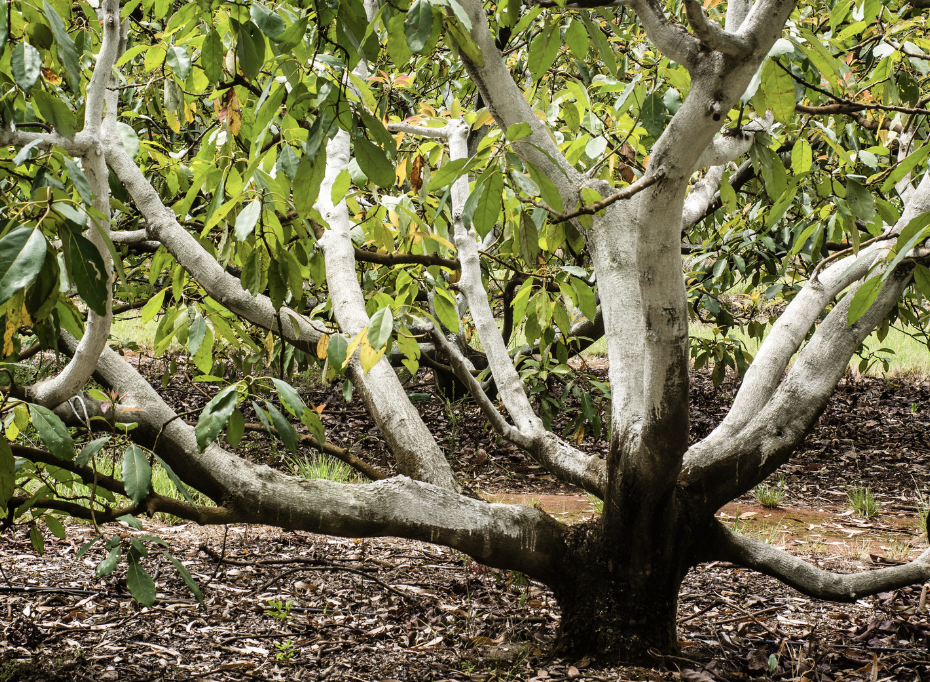The personal sense of responsibility to care for the environment can be overwhelming.
Constant pollution, rapid environmental changes and resulting natural disasters can make us feel powerless.
Of course, we can’t do fix it alone. Our stewardship of the Earth, including reforestation efforts, is a collective duty.
But that doesn’t mean we can’t make small positive changes at home.
Today, we’ll explore backyard tree planting, including the benefits, process and things to consider.
Benefits of backyard tree planting
Bigger, mature trees are best suited for capturing large amounts of carbon. This means we have to make global efforts to maintain the old growth forests we already have. Additionally, large scale reforestation is needed to ensure the health of our planet for future generations.
But that doesn’t mean planting a few new trees in our own backyard isn’t helpful. They:
- Absorb and store carbon dioxide.
- Release oxygen, filter pollution and improve air quality.
- Provide habitats and food for wildlife, supporting local biodiversity.
- Prevent soil erosion – roots hold soil together, so it doesn’t get blown away. This means healthy soil for critters and plants.
- Slow water runoff – less erosion also means rainwater gets absorbed into the ground, rather than flowing into bodies of water. This reduces flooding.
- Save energy – trees provide shade, reducing the amount of energy needed to cool homes in hot weather.
Choosing a tree
When choosing a tree species, we should consider where they come from, how fast they grow, and what they need to survive.
- Origin – species that are native to our region are best. This ensures they’ll easily adapt to the local environment, be a good habitat for wildlife, and not be invasive.
- Growth rate – given proper care, fast-growing species will turn into strong, healthy trees more quickly (relatively) but there are other factors to consider, like:
- Soil – each tree species has different soil needs, so it’s important to consider this.
- Size – we need to consider how large a species gets, and if it can safely fit into our space.
- Qualities – do we want trees to provide shade, attract pollinators, brighten up our yard?
- Allergens – we may want to avoid trees that irritate our allergies.
Commonly planted species include:
- Oak
- Pine
- Cedar
- Birch
- Maple
- Spruce
Ask local reforestation groups about the best trees to plant.
How to plant a tree
Planting trees requires a few basic supplies:
- A shovel
- Mulch – helps keep the soil moist and weed free, as well as the right temperature. It can be made of many organic materials, like straw, dry leaves, grass clippings, etc.
- A water source, like a hose, watering can, etc.
- Gardening gloves – protects hands from blisters, splinters, etc.
- A young tree (sapling).
To plant a tree:
- Choose a good spot with enough space and sunlight for the tree to grow throughout its lifetime.
- Prepare the soil by removing weeds, grass, etc. Now is a good time to add organic material to the soil, like compost or manure. This adds extra nutrients.
- Dig a hole deep enough to fit the tree’s roots. It should be wider than the root ball, so the roots have room to spread out.
- If necessary, loosen the roots a bit, as they might be tightly packed together (root bound). Be careful not to damage them.
- Put the tree in the middle of the hole, then fill in with soil. Firmly press down the soil around the tree.
- Add 2 to 4 inches of mulch around the tree. It shouldn’t touch the trunk, as this can cause moisture rot. Approx. 2-3 inches away is good.
- Water well.
Additional tips
- Water regularly, depending on climate and tree needs.
- Check the tree often to make sure it’s healthy, and not being harmed by animals or disease.
- If necessary, use tree protectors, like chicken wire, to keep out animals.
- Prune damaged or dead branches.
- Fertilize in early spring.
Key takeaway
- Backyard tree planting has environmental benefits, including carbon absorption, air quality improvement, and wildlife support.
- Choose a native tree species that matches the space and desired qualities.
- Follow proper planting and care steps, including adding nutrients to the soil, mulching, watering regularly, and monitoring the tree’s health.
Sources
https://journals.plos.org/plosone/article?id=10.1371/journal.pone.0181187
https://arbordayblog.org/treeplanting/9-reasons-to-plant-a-tree/
https://climate.mit.edu/ask-mit/how-many-new-trees-would-we-need-offset-our-carbon-emissions

